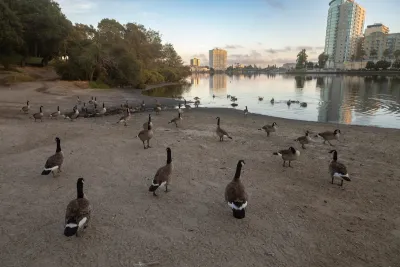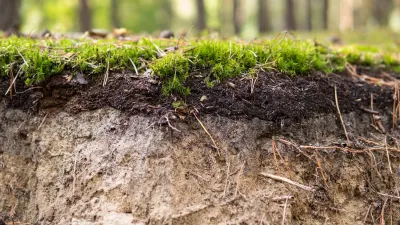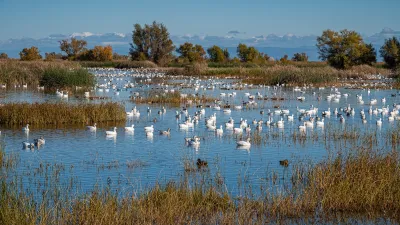Community science engages people of all backgrounds in documenting local biodiversity, strengthening connections to nature, and contributing to global efforts like the City Nature Challenge to build a more inclusive and resilient future.

Community science empowers everyday people to engage directly in scientific discovery by observing and documenting nature in their own neighborhoods, parks, and backyards. Using tools like iNaturalist, participants can contribute valuable data on local biodiversity, helping address urgent global challenges like climate change and habitat loss. More than just data collection, community science promotes curiosity, learning, and public engagement, fostering a sense of ownership and stewardship over local natural spaces.
A leading example of this movement is the annual City Nature Challenge (CNC), a global biodiversity event co-founded by the Natural History Museum of Los Angeles County and the California Academy of Sciences. From April 25 to 28, 2025, residents across Los Angeles County will join others worldwide to observe and record local wildlife. The County's Department of Parks and Recreation (DPR) is hosting CNC events at natural areas like Vasquez Rocks and Devil’s Punchbowl.
Community science is a natural fit for parks, offering meaningful ways to connect people to nature while enhancing education and informing land management. It also plays a vital role in expanding environmental awareness in underserved communities and cultivating a new generation of advocates. With initiatives like the CNC and the National Recreation and Park Association’s Parks for Pollinators BioBlitz, community members, park professionals, and young learners alike can contribute to a collective understanding of biodiversity—and help shape a more inclusive, resilient future.
FULL STORY: Community Science Brings Nature, Data and People Together

Planetizen Federal Action Tracker
A weekly monitor of how Trump’s orders and actions are impacting planners and planning in America.

Congressman Proposes Bill to Rename DC Metro “Trump Train”
The Make Autorail Great Again Act would withhold federal funding to the system until the Washington Metropolitan Area Transit Authority (WMATA), rebrands as the Washington Metropolitan Authority for Greater Access (WMAGA).

The Simple Legislative Tool Transforming Vacant Downtowns
In California, Michigan and Georgia, an easy win is bringing dollars — and delight — back to city centers.

The States Losing Rural Delivery Rooms at an Alarming Pace
In some states, as few as 9% of rural hospitals still deliver babies. As a result, rising pre-term births, no adequate pre-term care and harrowing close calls are a growing reality.

The Small South Asian Republic Going all in on EVs
Thanks to one simple policy change less than five years ago, 65% of new cars in this Himalayan country are now electric.

DC Backpedals on Bike Lane Protection, Swaps Barriers for Paint
Citing aesthetic concerns, the city is removing the concrete barriers and flexposts that once separated Arizona Avenue cyclists from motor vehicles.
Urban Design for Planners 1: Software Tools
This six-course series explores essential urban design concepts using open source software and equips planners with the tools they need to participate fully in the urban design process.
Planning for Universal Design
Learn the tools for implementing Universal Design in planning regulations.
Smith Gee Studio
City of Charlotte
City of Camden Redevelopment Agency
City of Astoria
Transportation Research & Education Center (TREC) at Portland State University
US High Speed Rail Association
City of Camden Redevelopment Agency
Municipality of Princeton (NJ)





























